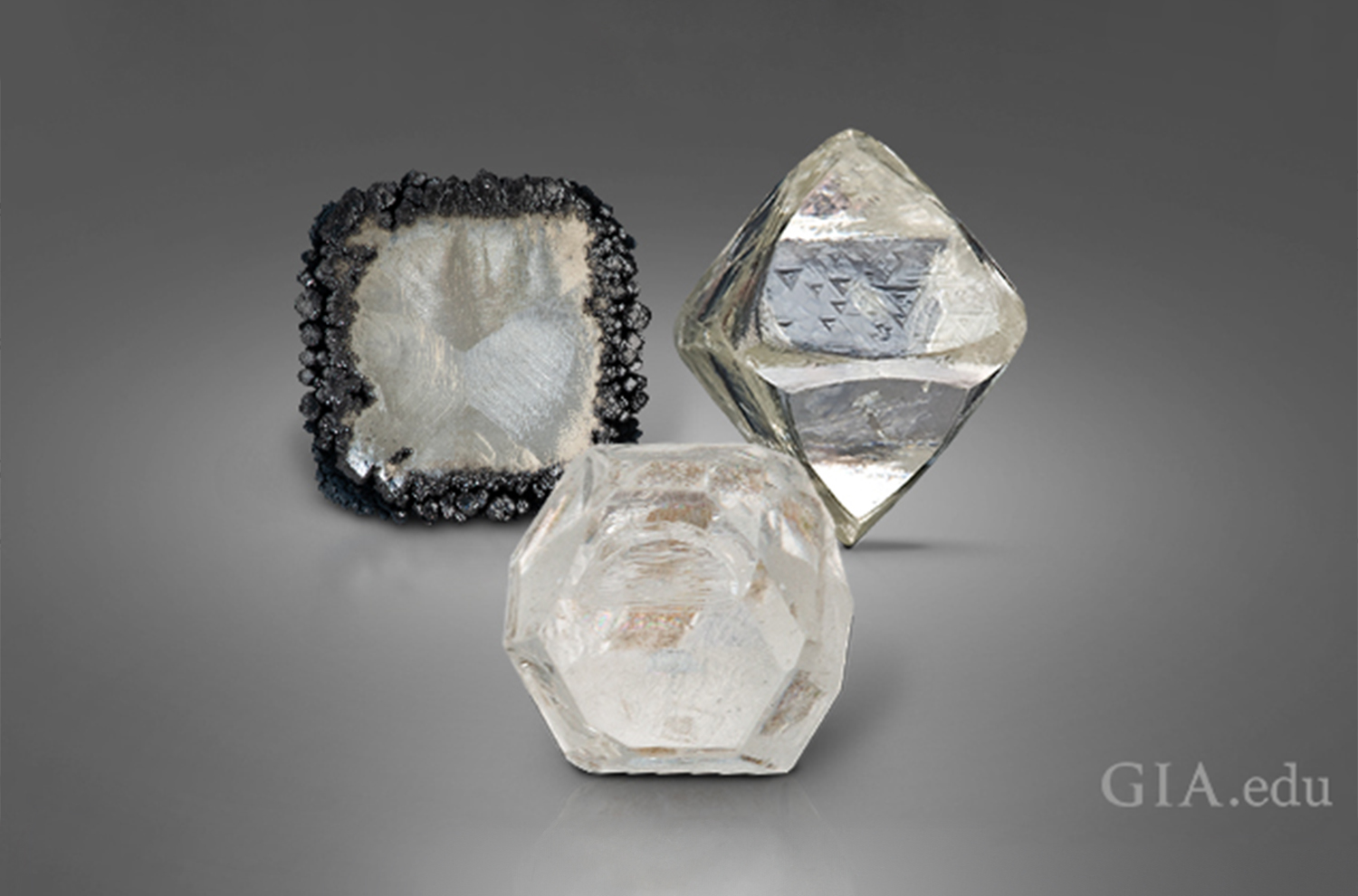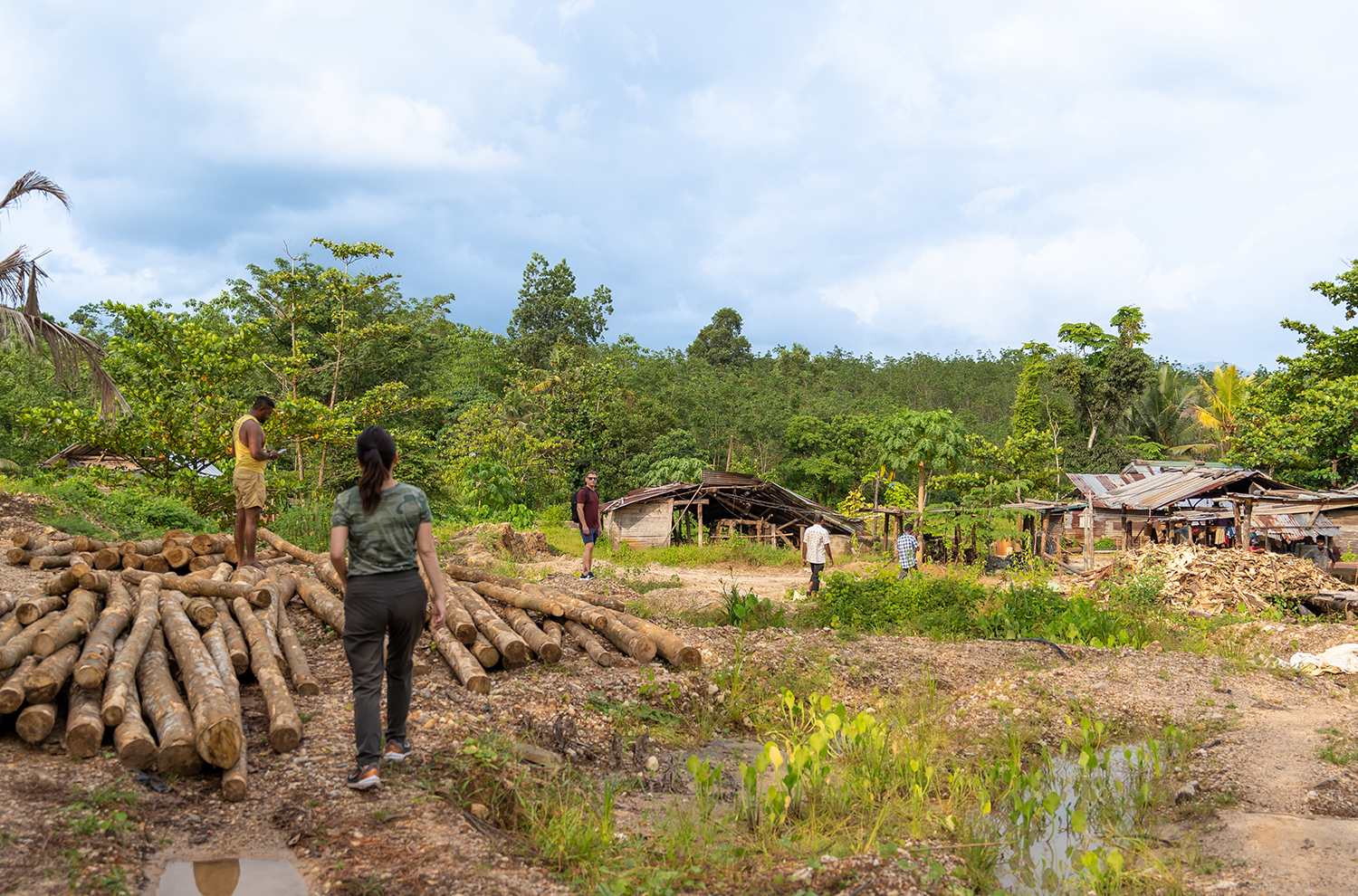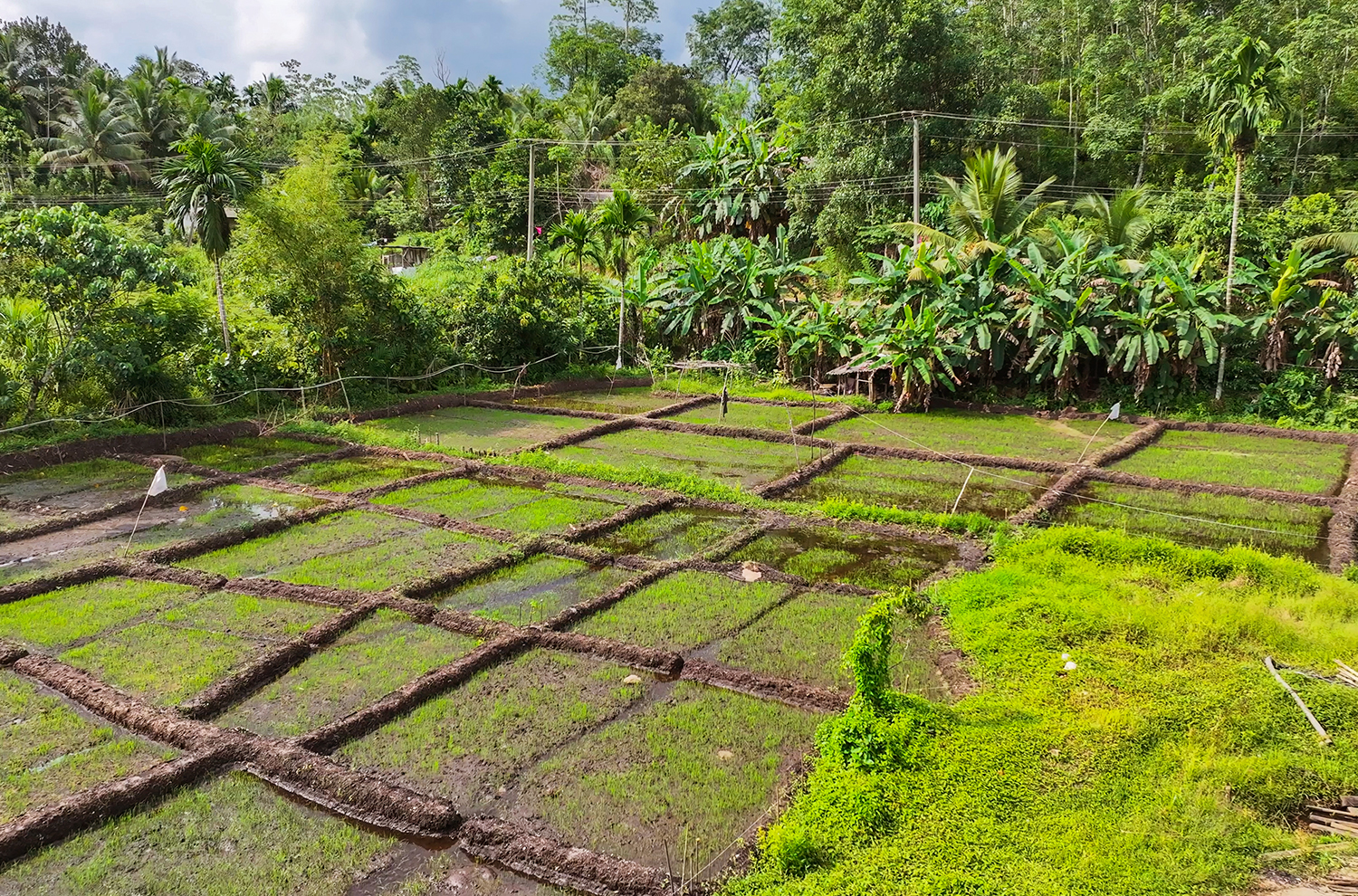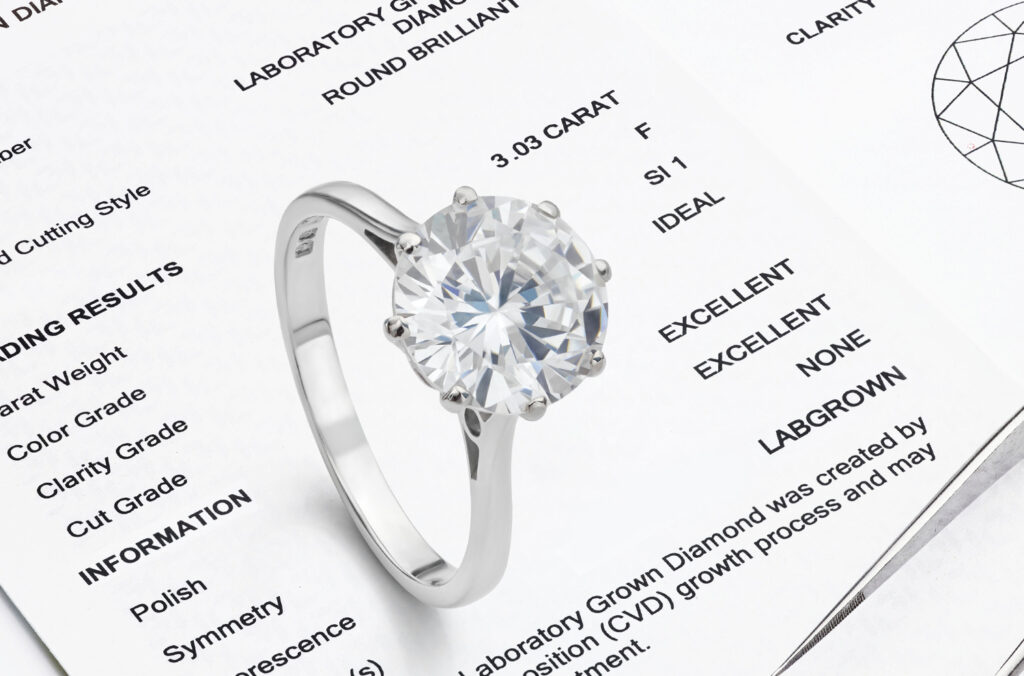Lab-grown Diamonds have often been marketed as a ‘sustainable’ and ‘eco-friendly’ alternative to natural Diamonds. However, the reality is that no lab-grown operation can be considered 100% eco-friendly. In fact, one could argue that lab-grown Diamonds are equally or more destructive than natural Diamonds!
Many of our clients are often surprised to learn this because they’ve been told lab-grown Diamonds (clever marketing, really) don’t harm the earth like natural Diamonds. But being made in labs doesn’t mean they’re without an environmental or social impact.
Natural Diamonds take thousands of years to form, undergoing immense heat ranging from 900°C to 1300°C. The question arises: how do you replicate a process that unfolds over millennia in just a few weeks? Producing lab-grown Diamonds demands a substantial amount of energy and resources through high-pressure, high-temperature reactors, leading to significant electricity consumption and greenhouse gas emissions.

While some lab-grown Diamonds use renewable energy sources such as solar power, a majority still rely on fossil-fuel-based energy, contributing to pollution. Furthermore, the raw materials used in lab-grown diamond production, including methane gas and graphite, often come from non-renewable sources, significantly amplifying their carbon footprint.
Now, we’re not suggesting that coloured gems are entirely eco-friendly; it’s a fact that no mining operation can declare absolute eco-friendliness. However, MADLY’s approach significantly mitigates the environmental impact.

MADLY works with small-scale mines in Sri Lanka, which often operate within agricultural areas, establishing a mutual relationship between mine owners and farmers. Post-mining, the land is restored, commonly transformed into rice paddies, encouraging sustainable land utilisation and providing crucial economic support for the local community.

Direct collaboration with these small-scale miners eliminates the need for intermediaries in the supply chain. This not only boosts transparency but also curtails waste and reduces resource consumption associated with additional handling and processing.
On a side note, let us put in a pitch for bespoke if you’re looking for a more ethical source for jewellery! Choosing bespoke means crafting jewellery on a made-to-order basis, ensuring no materials or energy are squandered during the creation process. Each piece is created with intention, signifying not just environmental responsibility but also imbued with deeper meaning for our clients.
By making an informed and conscious decision, you can support a more ethical and sustainable future for the jewellery industry. For those seeking more ethical options, consider exploring alternatives like recycled Diamonds, vintage jewellery, or responsibly sourced gemstones (like those here at MADLY!)
